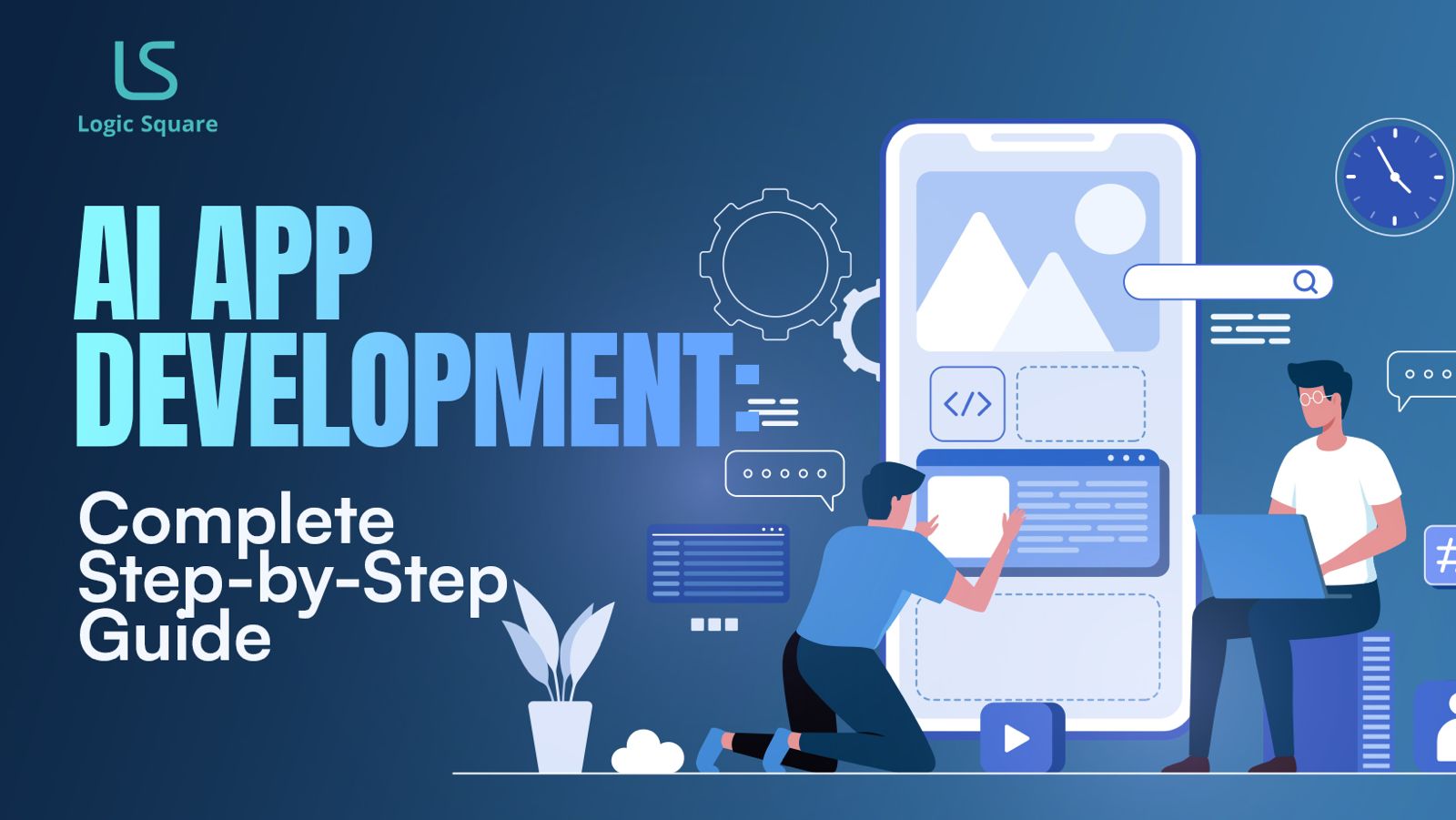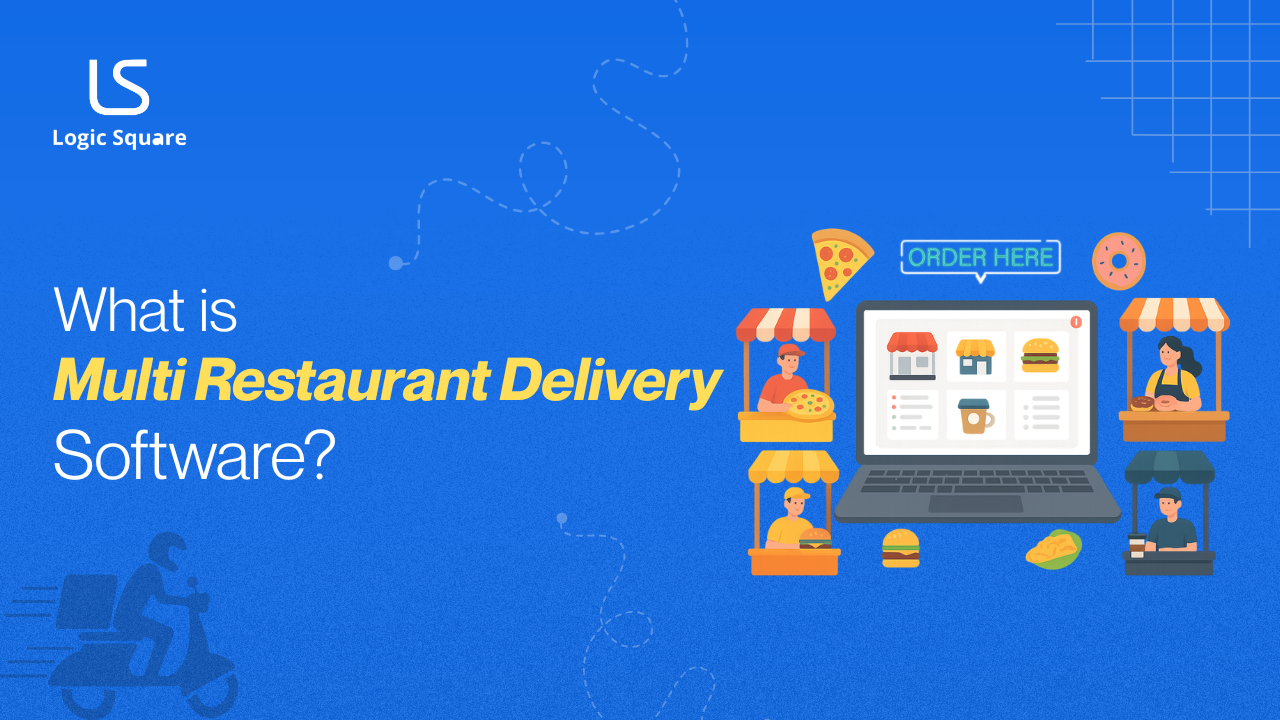In the fast-evolving world of rapid tech innovation and groundbreaking advancements, building a Minimum Viable Product (MVP) is no longer a luxury; it’s a necessity. In 2025, an MVP represents the leanest version of a product that delivers enough value to early adopters while enabling startups to gather validated learning about their users with minimal effort.
As the startup landscape grows more competitive, MVPs are becoming the proving grounds for great ideas. Whether you’re a solo founder using no-code tools or partnering with a software development company to bring your concept to life, launching a lean, testable version of your product is the most strategic way to reduce risk and move fast in today’s tech-driven world.
In this guide, we’ll break down everything from why MVPs matter to building one affordably, gaining traction, and pitching to the right funding partners. We’ll also highlight some of the world’s top unicorns that began as simple MVPs.
Stat Spotlight: In 2024, over 70% of funded startups began with an MVP before raising their first round (Crunchbase, 2024).
Top 5 MVP Development Benefits That Attract Investors
Creating an MVP isn’t just about building quickly; it’s about proving value early. These five core benefits explain why MVPs attract investor interest and help startups survive.
1. Faster Time-to-Market & Feedback
Launching a full-scale product can take months (or years), but an MVP allows you to go live in weeks. By focusing only on core features, you get real user feedback sooner. This speed is crucial, especially for startups working with a mobile app development company or an internal dev team under tight deadlines.
2. Lower Initial Development Cost with Lean Validation
Why spend $100,000 when you can test your idea with $5,000? MVPs minimize costs while offering valuable data to determine whether the market wants your solution. Many software development companies specialize in MVP builds for early-stage startups, offering packages that fit a lean budget.
3. Market Validation Without Full Build
A major benefit of MVPs is validating a business idea before full investment. Real users engaging with even a basic version of your product provides proof of concept, a powerful tool during investor conversations.
4. Investor Confidence in Measurable Traction
Investors don’t fund ideas; they fund evidence. An MVP with user metrics, sign-ups, or revenue creates a compelling narrative. It shows you’re not only a visionary but also execution-focused.
5. Foundation for Scalable Tech Infrastructure
An MVP should be built with scale in mind. While minimal, using a flexible tech stack sets the stage for future upgrades. Many software development companies guide startups on choosing scalable frameworks from the beginning.
Real-World Examples of Unicorns That Started With MVPs
Still unsure if starting small is worth it? Let these high-profile MVP stories inspire you. These global unicorns began with ultra-basic versions of their products before scaling to billions.
- Airbnb started with a basic site showing photos of the founders’ apartment during a local conference.
- Dropbox’s MVP was a short explainer video demonstrating the concept; they hadn’t even built the product.
- Instagram launched as a feature-heavy check-in app called Burbn, then pivoted based on user feedback.
- Uber’s MVP was limited to iPhone users in San Francisco, offering a simple black car booking feature.
- Zappos’ founder listed photos of shoes online and bought them from local stores when orders came in.
These companies proved demand before scaling, which is exactly what today’s MVP strategy aims to do.
How to Build an MVP in 2025 (Step-by-Step Process)
Building an MVP in 2025 is about balancing simplicity with strategic validation. Here’s a step-by-step framework to help you move from idea to working product quickly and efficiently.
Step 1: Identify the Core Problem and Validate It
Start with a real pain point. Conduct surveys, run polls, interview potential users, or test with landing pages. Avoid building before confirming that a need exists.
Step 2: Define the Simplest Feature Set
Strip your product down to one or two critical features. Don’t be tempted to add everything at once. Your MVP should solve one problem for one target group.
Step 3: Choose the Right Tech Stack
In 2025, you have three major routes:
- No-Code/Low-Code Tools (Bubble, Glide, Webflow) – Ideal for solo founders or limited budgets.
- Freelancers/Agencies – Hire a mobile app development company to deliver a working MVP quickly.
- Custom Development – Partner with a software development firm for complex or scalable builds.
Step 4: Design a Lightweight UI/UX
Use tools like Figma or Adobe XD to prototype before development. A clean, user-friendly design is critical, even at the MVP stage.
Step 5: Launch to a Niche Audience & Iterate
Don’t aim for everyone. Focus on early adopters within a specific niche, gather feedback, and iterate fast.
Step 6: Measure User Feedback and KPIs
Track essential metrics like retention, engagement, CAC, and churn. These insights help refine your product and impress investors.
How Much Does It Cost to Develop an MVP in 2025?
MVP costs can range significantly depending on the tools, scope, and team you choose. Here’s a snapshot of what you can expect to spend in 2025 and what factors influence your budget.
- No-Code MVP: $1,000–$10,000
- Freelancers or Agencies: $10,000–$50,000
- Custom Development with Dev Team: $25,000–$100,000+
Cost Variables:
- Number of features
- Tech stack choice
- Design requirements
- Developer location (e.g., U.S. vs. Eastern Europe)
Most mobile app development companies now offer MVP-specific packages to help startups manage costs while delivering functionality.
How to Find Investors and Raise Funding for Your MVP?
You’ve got your MVP; how do you turn it into capital? The key is combining traction with visibility. This section breaks down actionable steps to attract funding at the MVP stage.
1. Pre-Funding Prep
Build traction with real users. Prepare a polished pitch deck and make your MVP demo day-ready. Even a basic app or prototype can make a huge impression if it solves a real problem.
2. Networking & Warm Intros
Use platforms like LinkedIn, join startup events, and attend local meetups. Warm intros are still the most effective way to get investor attention.
3. Pitch Competitions & Accelerators
Apply to programs like Y Combinator, Techstars, or 500 Global. These can provide funding, mentorship, and validation.
4. Angel Syndicates & Online Platforms
Platforms like AngelList, Wefunder, and Republic make it easier than ever to connect with angel investors.
5. Cold Outreach with Metrics
A cold email with real traction (e.g., “We’ve hit 10K users in 30 days”) can work wonders. Include clear metrics and a short video or deck link.
Types of Funding Partners for MVP-Stage Startups
Not all funding is created equal. Here are six funding sources that are particularly relevant for MVP-stage startups, each with its pros and ideal use cases.
1. CDFIs (Community Development Financial Institutions)
Ideal for social-impact startups or those targeting underserved communities. Often provide low-interest loans or grants.
2. Government Grants & Innovation Programs
Programs like SBIR, NSF, Startup India, and EU Horizon offer non-dilutive funding. Great for R&D-heavy or deep-tech MVPs.
3. Angel Investors
Angels are ideal for MVP-stage startups. They’re comfortable with early risk and often bring domain expertise and mentorship.
4. Venture Capitalists
While VCs often prefer some traction, MVP-stage startups can raise if the team and market size are compelling. Focus on VCs that invest in early-stage rounds.
5. Crowdfunding Platforms
- Product Crowdfunding – Use Kickstarter or Indiegogo to validate consumer demand.
- Equity Crowdfunding – Try Wefunder or Republic to raise capital while building a user base.
6. Friends and Family
It could be a classic starting point, if approached professionally. Use clear documentation and set expectations for optimum outcomes in the long run.
Ready to Launch Your MVP and Get Funded?
Now that you understand the blueprint for building and funding an MVP in 2025, it’s time to take action. Remember: MVPs aren’t shortcuts; they’re strategic starting points. The best founders build lean, move fast, and prove their value before scaling.
Whether you work with a lean internal team or collaborate with a mobile app development company or software development firm, success begins with validation, not perfection.
Start Lean. Build Smart. Pitch Bold.
Your startup’s future begins with the first version; the one that solves a problem, captures attention, and proves you’re ready to scale.
Connect with Logic-Square Technologies today, and watch your MVP yield results, just the way you want.





